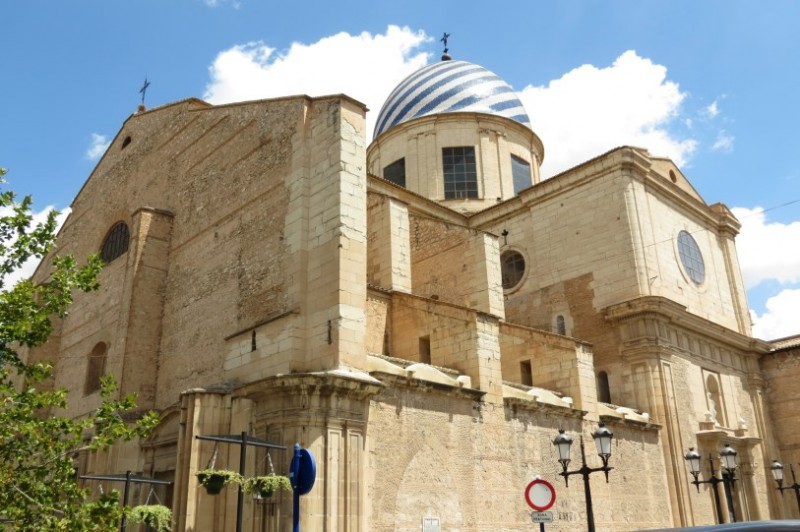
Construction of the “Iglesia Nueva” in Yecla took a hundred years The Basílica Arciprestal de la Purísima is the most important church and the most emblematic building of Yecla in the north of the Region of Murcia, and..
READ MORE
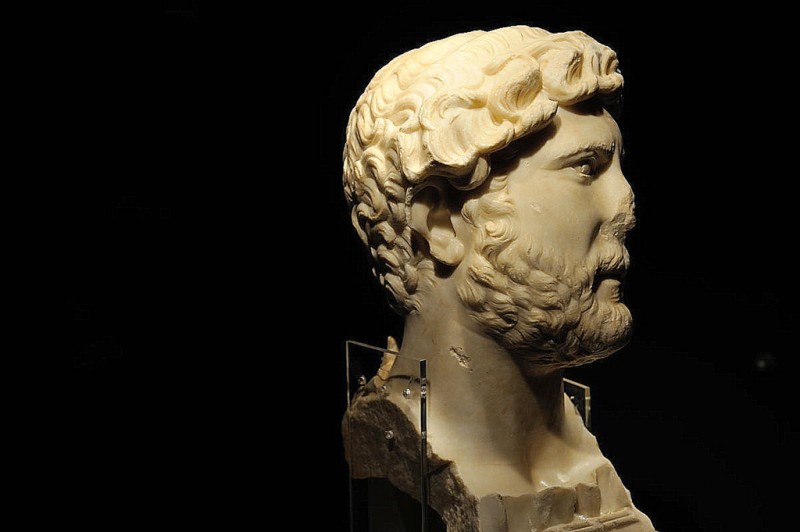
150,000 years of local history and pre-history at the archaeological museum of Yecla The Cayetano de Mergelina archaeological museum in Yecla documents history and pre-history in the Altiplano area in the north of the Region..
READ MORE
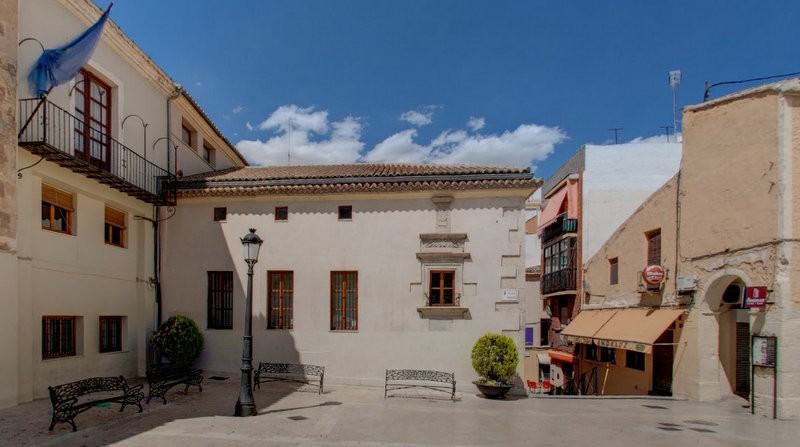
A 16th century palatial residence built in Yecla by an important noble family The Palacio de los Alarcos is one of the historic baroque and Renaissance buildings which stand around the Plaza Mayor in Yecla, and was built..
READ MORE
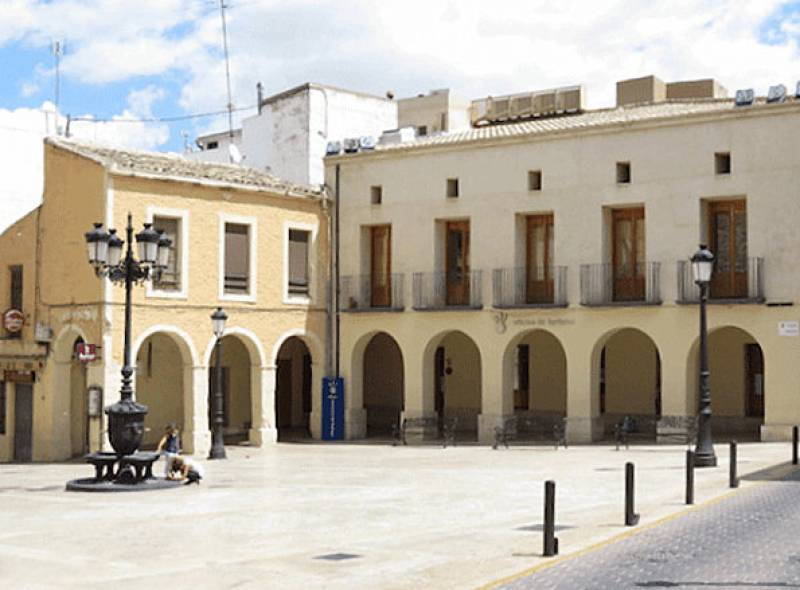
The Lonja stands on the site of part of the old grain store in the Plaza Mayor of Yecla The municipal auditorium of Yecla occupies the building formerly known as the “Lonja”, or fish and meat market, although in its long..
READ MORE
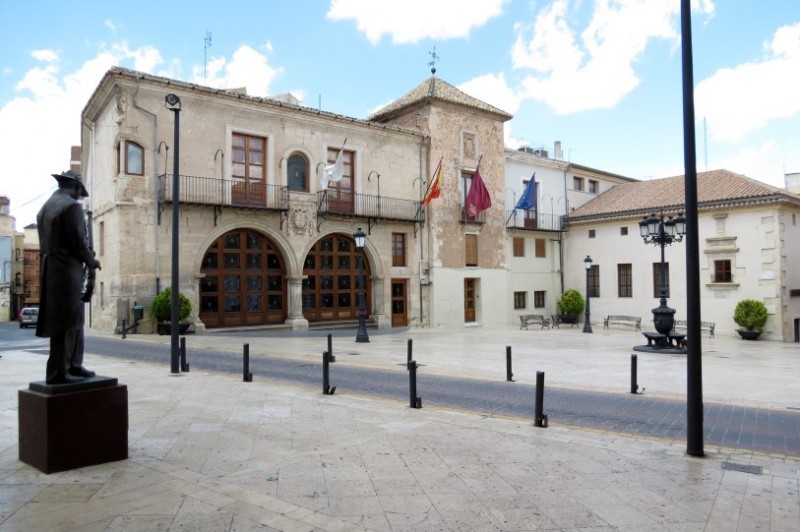
A 16th century building is home to the Town Hall of Yecla The main Town Hall building in Yecla is the building formerly known as the Concejo in the Plaza Mayor, the main square of the old town centre which also contains the..
READ MORE
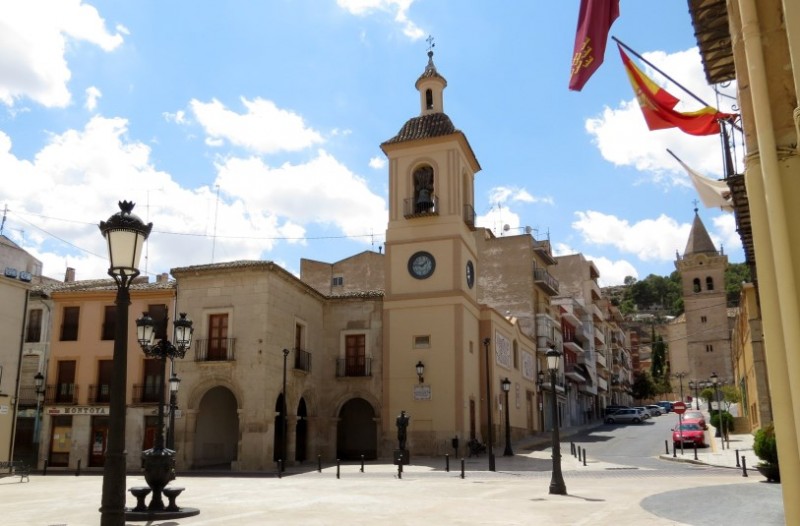
The Yecla clock tower previously belonged to a church in the Plaza Mayor The clock tower of Yecla stands in the Plaza Mayor, in the heart of the old town, between the old granary (or “Pósito) and the former meat and fish..
READ MORE
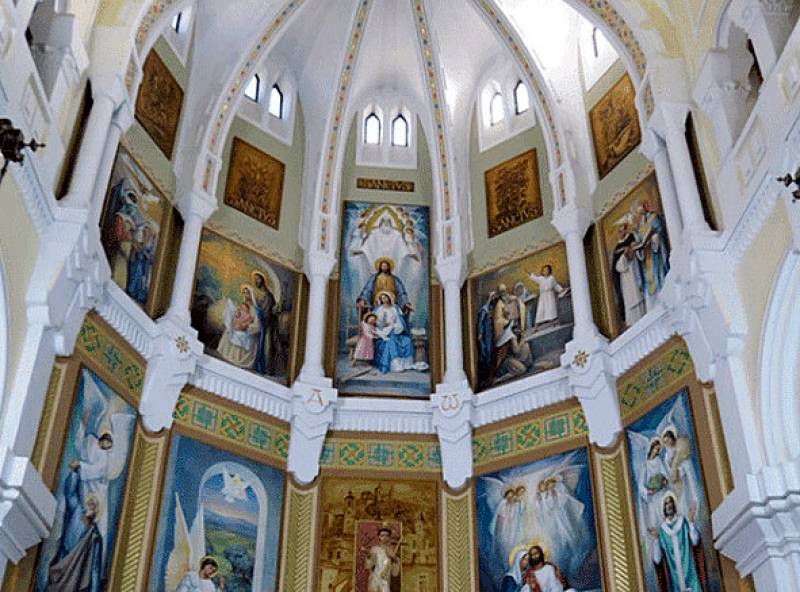
The 19th-century Iglesia del Niño Jesús in Yecla was designed by Millán Espinosa and features a spectacular altarpiece The church of El Niño Jesús in Yecla was built in the Modernist style between 1880 and 1888 following..
READ MORE
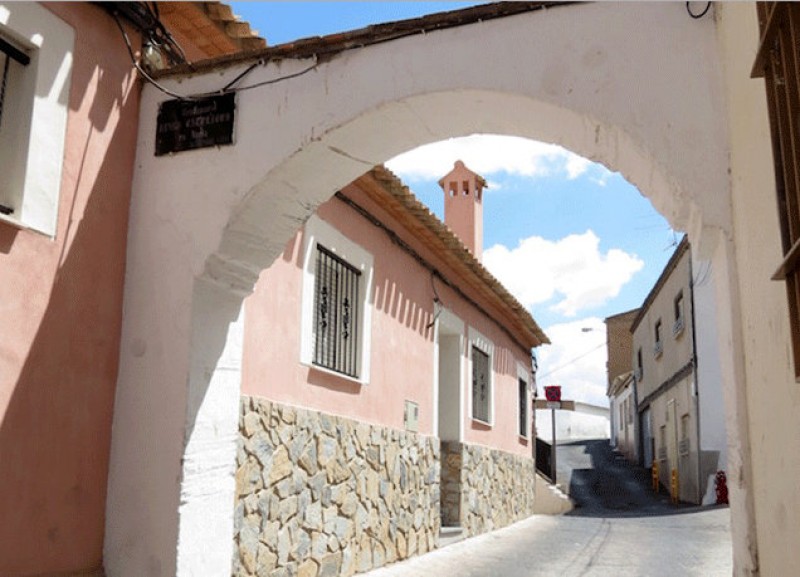
Traditions date back to the late Middle Ages at these historic Yecla monuments On the south-eastern edge of Yecla, next to the hill on which the remains of the castle and the Santuario del Castillo stand, is a small and..
READ MORE
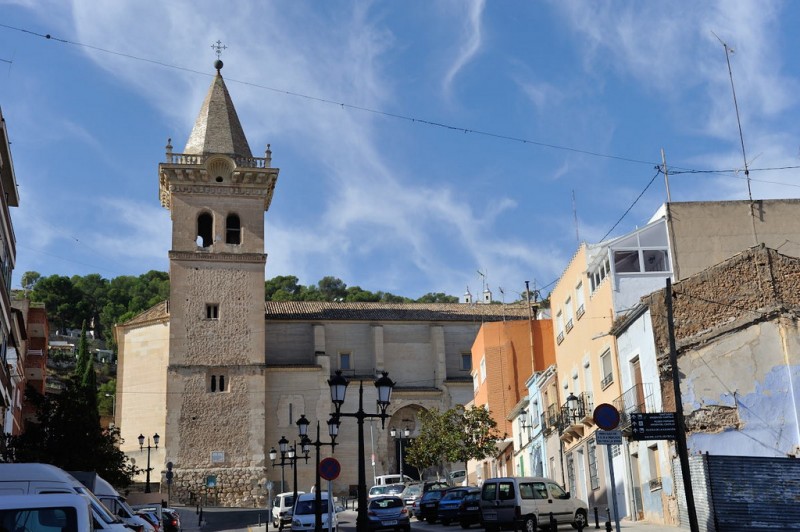
The Iglesia de la Asunción now houses the Semana Santa museum of Yecla For visitors to Yecla it can be confusing to talk about the churches of the town because the most important ones go under a variety of different names..
READ MORE
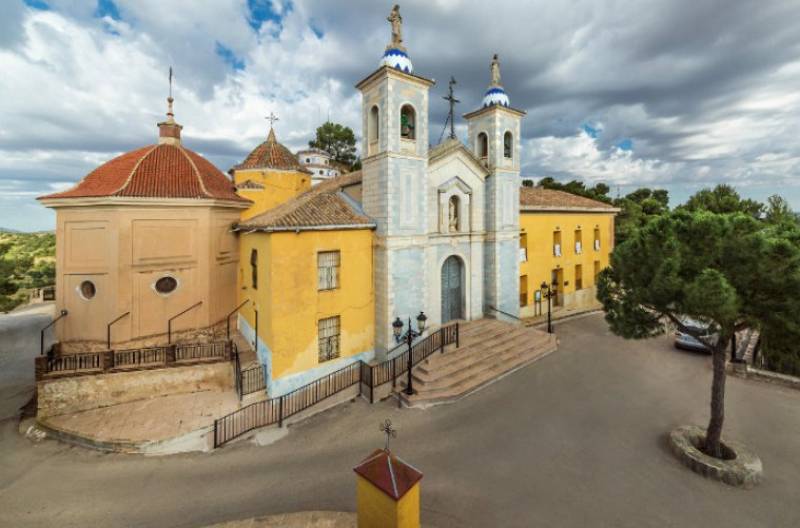
The sanctuary of the Virgen de la Purísima offers views out over the town of Yecla The Santuario de la Virgen del Castillo is a relatively small church which was built as a sanctuary for the figure of the Virgin Mary known..
READ MORE
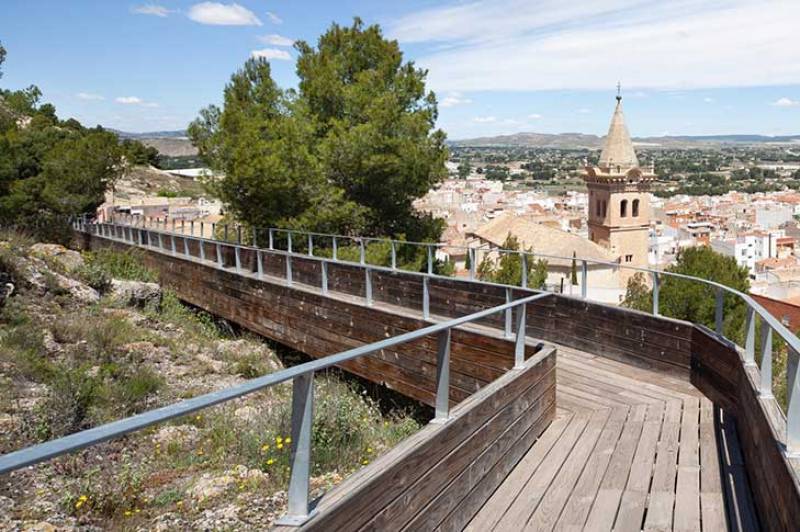
Fabulous views in the countryside on the wooden pasarelas or footbridges of Yecla The “Yecla Valora” project is one of the most ambitious and original undertaken in recent years by the Town Hall of Yecla, taking in unique..
READ MORE
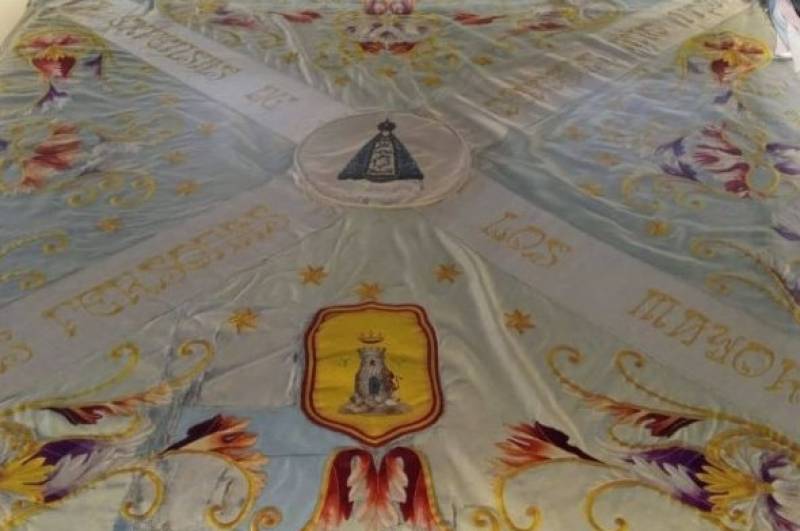
Exhibits related to the unique fiestas of Yecla include standards, costumes and arquebuses! The Museo Mariano in Yecla is devoted to the display of all kinds of items related to the unique fiestas in honour of the patron of..
READ MORE
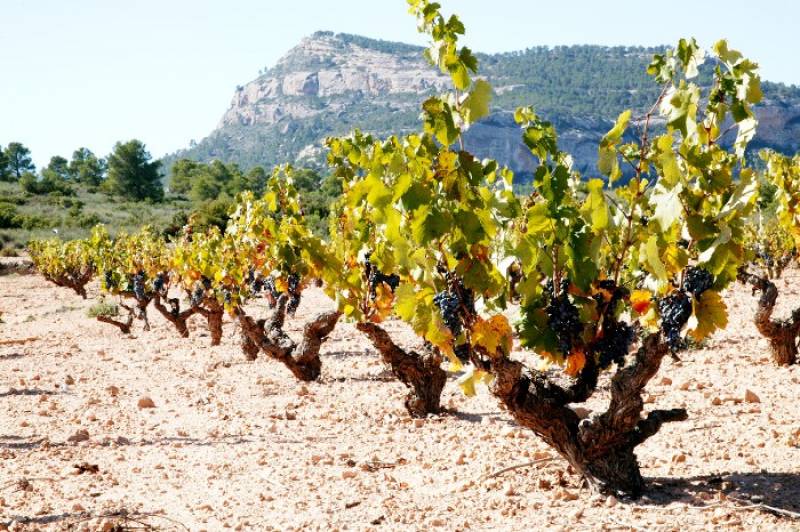
A harder job would be to name reasons NOT to visit Yecla and Jumilla! If you’re one of those whose knowledge of the Region of Murcia is limited to the beaches of the Mediterranean and the Mar Menor, couple of local watering..
READ MORE

The Vía Verde del Chicharra covers a distance of 31.6 kilometres The Vía Verde del Chicharra is a greenway which has been created, like many others, by making use of an old disused railway trackbed, this one running from..
READ MORE

This central theatre in Yecla dates from the 1880s The current Teatro Concha Segura was built between 1886 and 1887 and occupies the spot on which the former Pósito de Labradores grain store was located. The theatre..
READ MORE
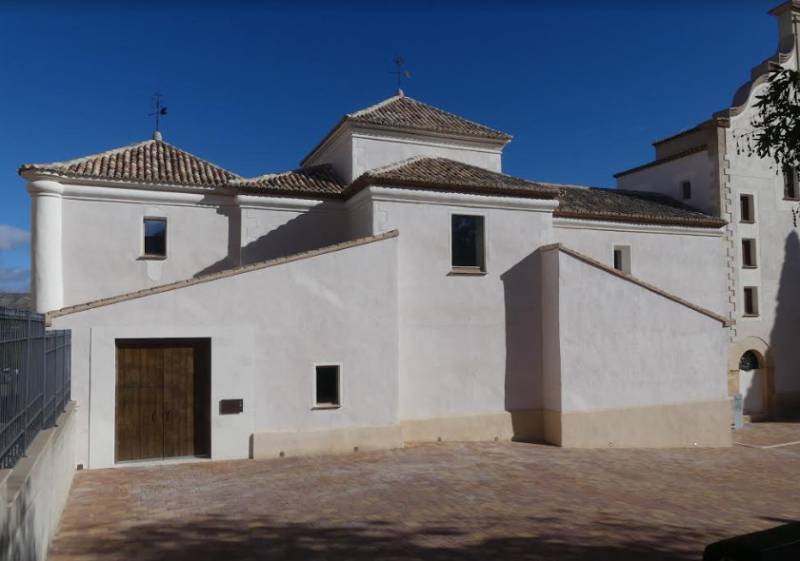
Franciscan monks built the church in Yecla with their own hands over 400 years ago The restored church of San Francisco in Yecla and the Chapel of the Virgen de las Angustias, which is an annex of the main building, stand..
READ MORE
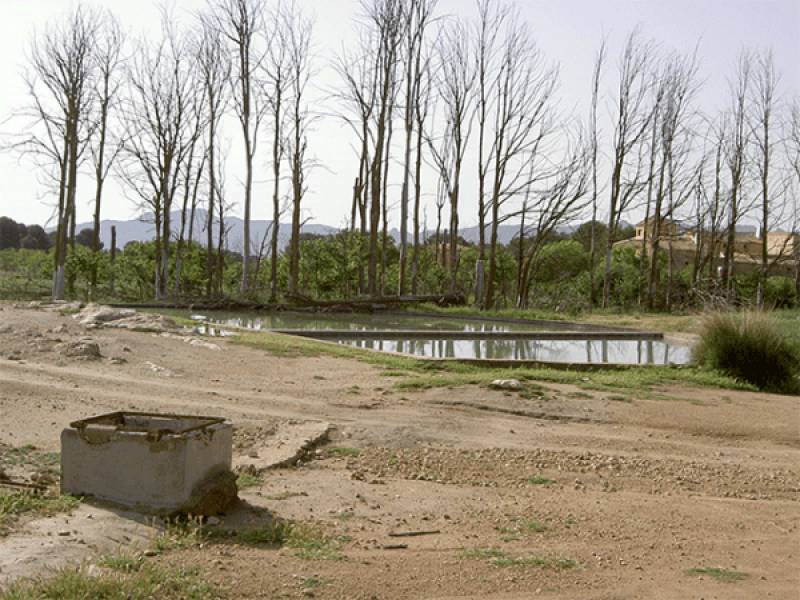
A ghostly figure associated with death, revenge and the full moon The rural location of La Fuente del Pinar lies around 11 km north of the town of Yecla and is home to a natural spring (from which it takes its name) and the..
READ MORE
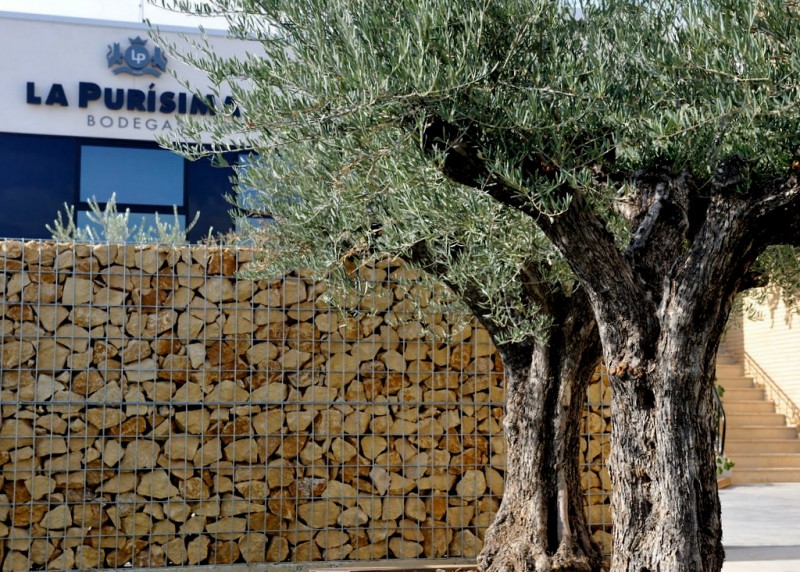
The largest wine producer in the D.O. Yecla area Bodegas La Purísima is one of the largest bodegas in the Region of Murcia and the 800 agriculturalists who grow and produce its wine own 60% of the entire production capacity..
READ MORE
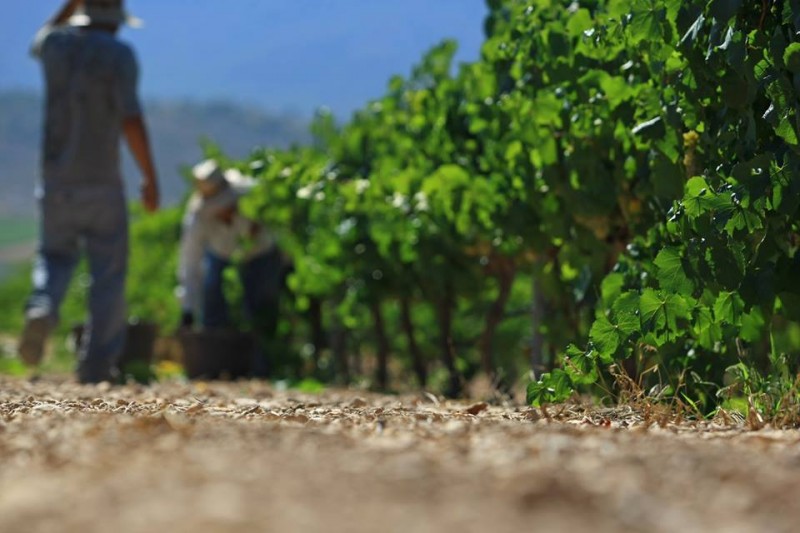
Arguably the most important winery in the D.O. Yecla area Start to research the wines of Yecla and there are two words which recur again and again; Monastrell and Castaño. Bodegas Familia Castaño is synonymous with wine..
READ MORE
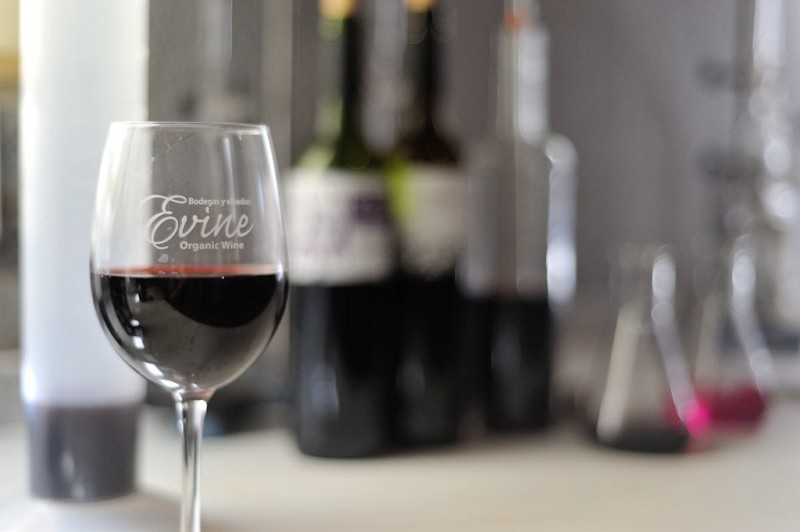
100% ecological family-run winery supporting the Ruta del Vino de Yecla Bodegas Evine is an ecological family-run winery operating under the Denominación de Origen de Yecla (D.O. Yecla) which produces small volumes of wine..
READ MORE
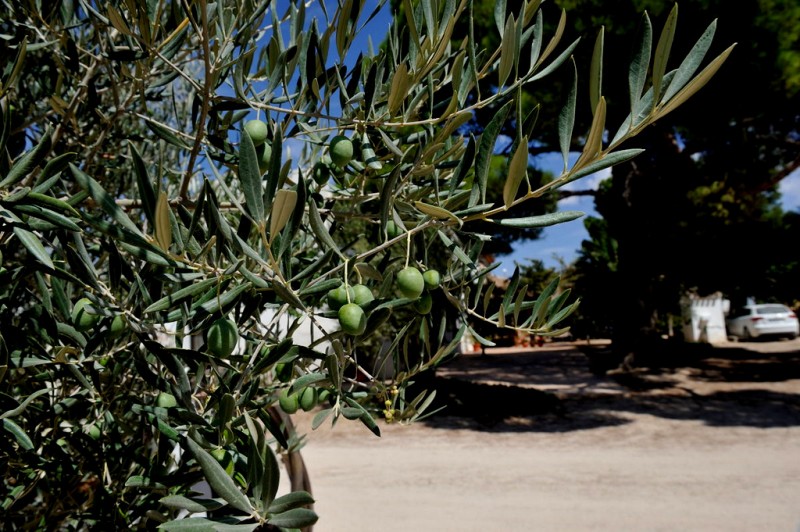
Organic extra virgin olive oil in Yecla Although the name of Yecla is synonymous with wine it is also home to significant olive oil production, and visitors are welcome to either visit the Deortegas olive oil mill or sample..
READ MORE
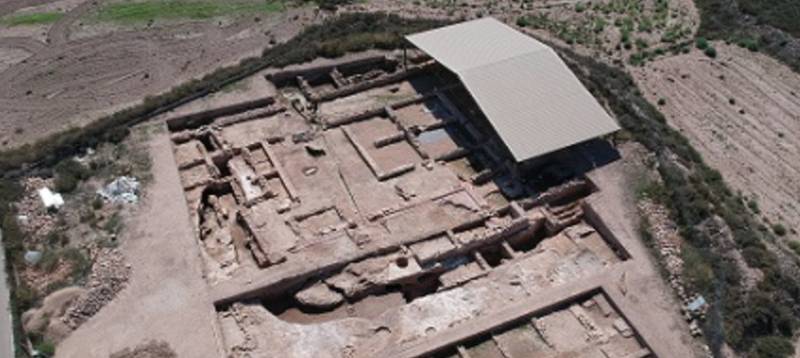
This large Roman villa in Los Torrejones oversaw a large agricultural concern in Yecla 2,000 years ago The archaeological site of Los Torrejones is 3 kilometres south-east of the town of Yecla, in the north of the Region of..
READ MORE
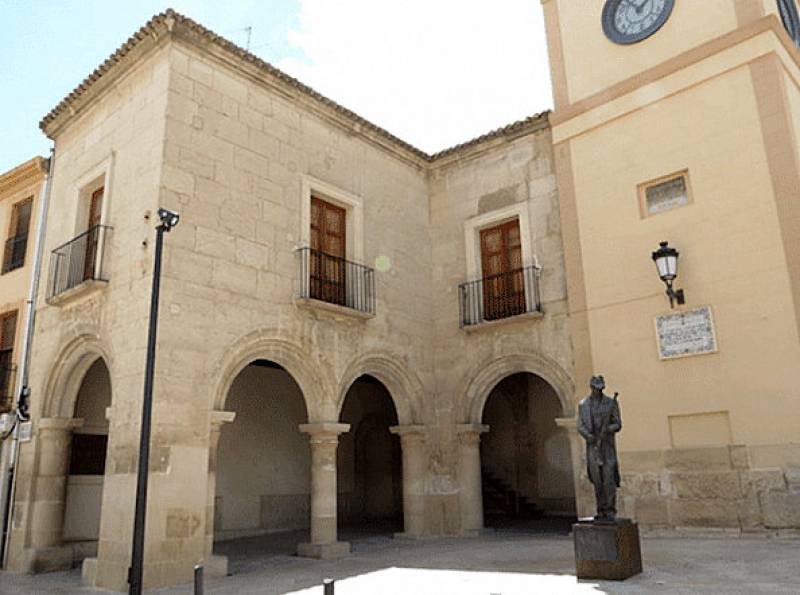
The 16th-century building stands alongside the tourist office in the Plaza Mayor in Yecla The old granary (Edificio del Pósito, or Alhorín) in the Plaza Mayor in Yecla, the square where the tourist office and the Town Hall..
READ MORE
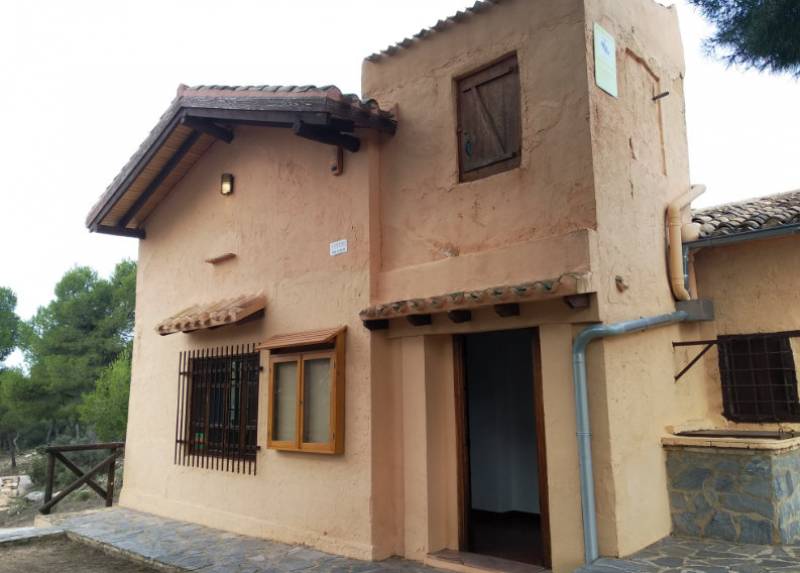
Discover the legends and mysteries of Monte Arabí in Yecla The tourist information point of Monte Arabí in the municipality of Yecla, very close to the boundary between the Region of Murcia and the province of Albacete..
READ MORE
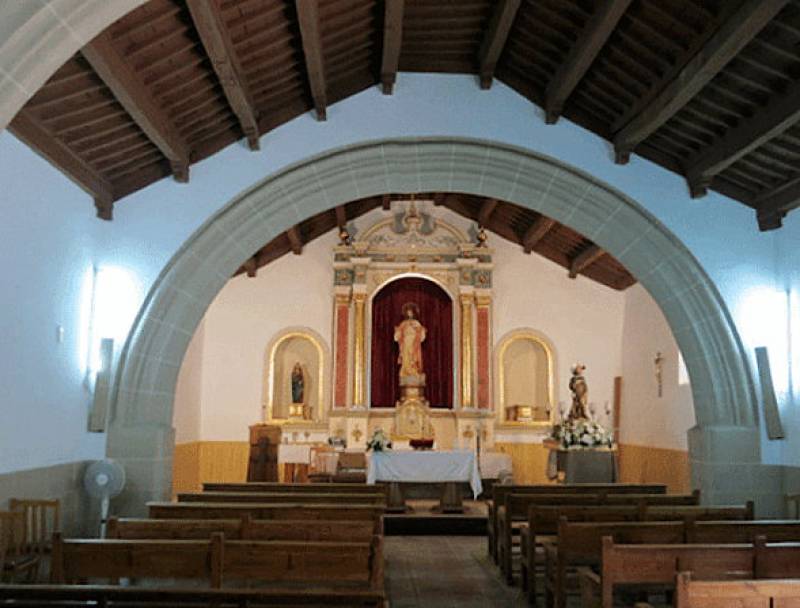
The 14th-century church is the oldest in Yecla and boasts a superb Mudéjar vaulted ceiling This small church at the northern edge of the town is the oldest in Yecla, having been built in the mid-14th century outside the..
READ MORE